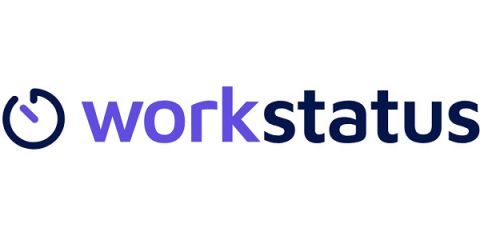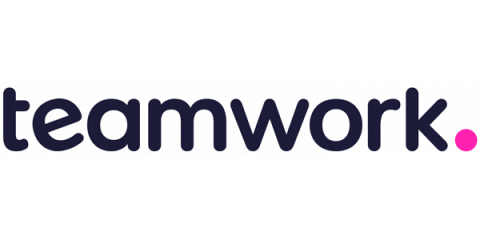Teams | Collaboration | Customer Service | Project Management
Latest News
Turning Boredom into Productivity: Tips & Tricks
Are you familiar with that feeling of restlessness when you can’t help but stare at the clock, desperately awaiting the end of the workday or a long, monotonous meeting? If the answer is yes, you are not alone. We’ve all been there. But what if we tell you that this boredom could be your secret weapon for boosting productivity & sparking creativity? This statistic can be counterproductive to the common belief that boredom is negative & something to avoid.
Salesforce marketing teams use automation to simplify processes and fuel productivity
Workflows help marketers to create and launch campaigns faster.
Risk register in project management: Everything you need to know
Can business exist without risk? Risk is inevitable, a nearly unavoidable byproduct of seeking to make a profit. But there’s a big difference between risks we never see coming and those we plan carefully for. Risk management comes up repeatedly in any discussion of project management best practices because identifying, tracking, and planning for risk are all keys to lessening its potential impact. One tool agencies can use to better understand and track risk is called a risk register.
Top 18 Mind-Blowing AI Tools to Know in 2024
AI tools are everywhere. You’ve got at least one shining, popular tool for every use-case imaginable—whether it’s writing content, designing, creating videos, managing projects, and so on. But with too many choices comes decision fatigue. Let’s make things easier for you.
What is Workforce Analysis
Balancing Short-Term Goals With Long-Term Vision
Balancing short-term goals with a long-term vision is crucial in personal and professional spheres, as it sets the foundation for sustainable success. Understanding the importance of setting achievable short-term objectives while keeping the broader vision in focus is key to navigating the complexities of modern life. This blog post aims to provide practical insights and strategies for managing these dual priorities, ensuring a harmonious and fulfilling journey towards enduring success.
Understanding Leader Standard Work For Management Professionals
In today’s highly unstable economy, effective leadership is more important than ever for business success. As a management professional, you’re more than likely aware that the role of the leader extends beyond mere decision-making. It involves a whole set of responsibilities, including setting organizational goals, guiding and managing others, fostering a positive and productive culture, and ensuring that the team operates seamlessly.
How to Boost Workplace Productivity Through Time-Batching
Employees agree that time management is important. Just look at the stats. A staggering 90% agree it would help them increase productivity. Meanwhile, 91% say it would lead to reduced stress at work. You cannot talk about time management without talking about time batching. According to John Medina’s “Brain Rules”, switching between different tasks can hamper your productivity. Time batching can help you do more by ensuring you don’t do things at the same time.











